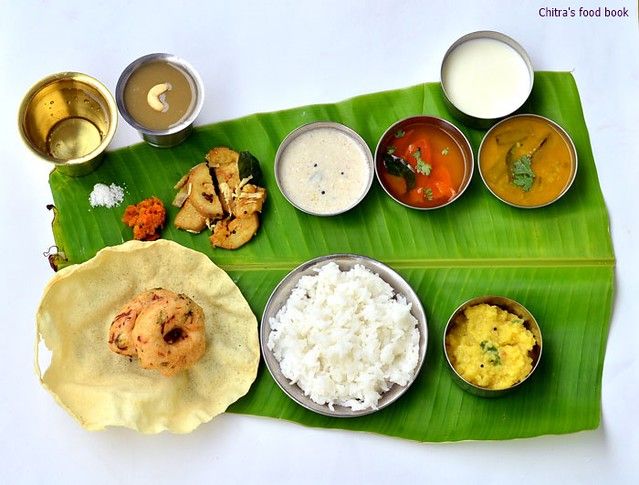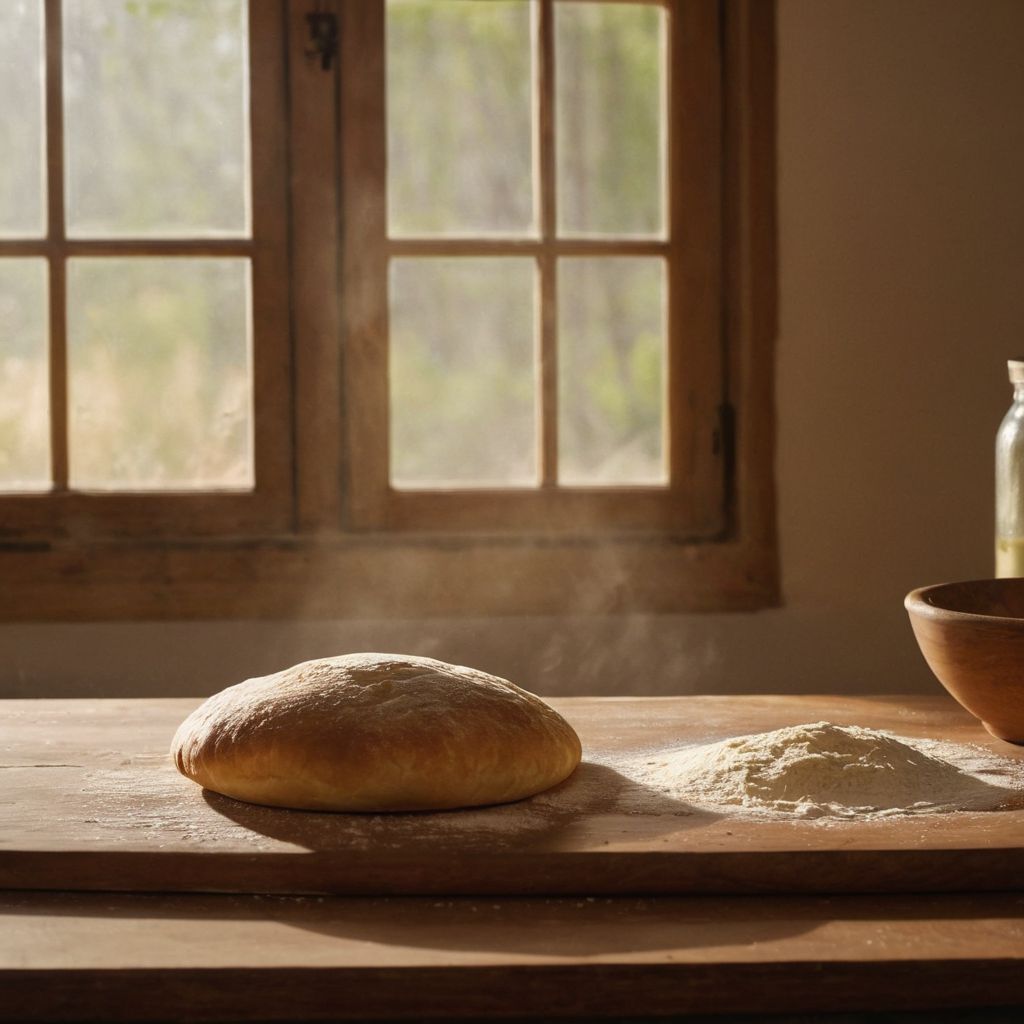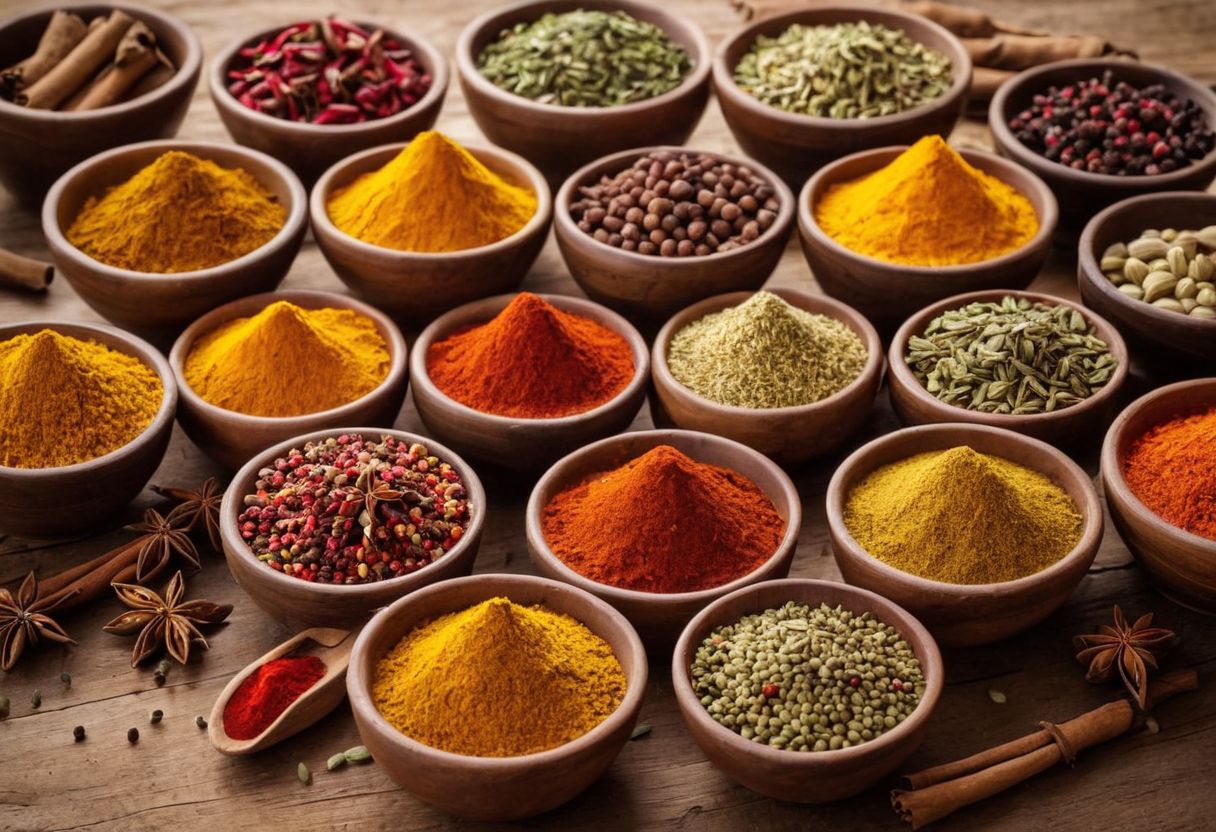Have you ever wondered what makes a South Indian lunch menu so vibrant and diverse?
Finding the perfect balance of flavours and dishes that represent the true essence of South Indian cuisine can be challenging.
A typical South Indian lunch menu includes a variety of dishes such as sambar, rasam, poriyal, and payasam, each bringing its own unique taste and tradition to the table.
In this blog post, we’ll explore traditional dishes in a South Indian lunch menu, delve into the art of the South Indian thali, and discover how you can experience authentic South Indian meals with Indulge.
Discovering Traditional Dishes in a South Indian Lunch Menu

A South Indian lunch menu is a delightful exploration of flavours and traditions, each dish crafted to offer a taste of the region’s rich culinary heritage. Among the staples, sambar and rasam are prominent. Sambar, a hearty lentil-based stew, is loaded with vegetables and tempered with mustard seeds and curry leaves, providing a perfect blend of spicy and tangy flavours. Rasam, often referred to as a soup, is a spicy and sour broth made from tamarind juice, tomatoes, and pepper, known for its digestive properties.
No South Indian lunch menu is complete without a serving of curd rice and dal. Curd rice, a cooling dish made with rice and yogurt, is often the last course to soothe the palate after the fiery spices. Dals, such as toor dal, are essential, often cooked with a mix of masalas and a tamarind base to give a tangy flavour. Other fundamental dishes include:
- Poriyal – a dry vegetable curry sautéed with mustard seeds and coconut
- Kootu – a semi-gravy dish made from vegetables and lentils, mildly spiced
For those with a penchant for pickles and condiments, mango pickle and instant mango pickle offer a quick spicy kick to any meal. These pickles are typically made by marinating diced mangoes in a variety of spices and oil, allowing the flavours to meld together beautifully. Additionally, a South Indian lunch menu might also feature vadai, deep-fried snacks made from urad dal, and payasam, a sweet pudding made from milk or coconut milk, rice, and sugar, providing a sweet end to a rich and diverse meal.
The Art and Delight of a South Indian Thali

A South Indian thali is not just a meal; it’s a cultural emblem that represents the culinary diversity of South India. Typically served on a banana leaf or a metal tray, the thali includes a variety of dishes that provide a balanced diet in one meal. Central to this are the rice and sambar, surrounded by an array of vegetable dishes, pickles, and the quintessential rasam, a spiced broth celebrated for its digestive properties.
The components of a South Indian thali are meticulously chosen to cater to all taste buds, featuring:
- Sweet: from the payasam, a milky dessert
- Sour: from tamarind in sambar and rasam
- Salty: from the various pickles and podis
- Bitter: often from the use of fenugreek in dals
- Pungent and Astringent: from the use of mustard seeds and turmeric respectively
This assortment ensures that each bite is a new experience, contributing to a satisfying and comprehensive meal.
Beyond its culinary delight, the South Indian thali is a symbol of hospitality and tradition. Offering a thali to guests is considered a sign of respect and generosity in South Indian homes. Each dish in the thali is prepared with care and attention to detail, reflecting the rich cultural heritage and the communal ethos of sharing and celebration. Thus, a South Indian thali is much more than a meal—it’s an experience that nourishes the body and the soul.
Experience Authentic South Indian Lunch with Indulge
INDULGE offers an authentic South Indian lunch experience through its curated food tours, where you can dive deep into the cultural and culinary richness of South India. These tours provide a unique opportunity to taste traditional dishes like sambar, rasam, and payasam, each explained by expert guides who are passionate about their culinary heritage.
During these tours, not only do you get to savour a delicious vegetarian lunch menu, but you also learn about the dishes’ historical and cultural contexts. This enriches your dining experience, making each bite a lesson in the flavours and traditions of South India, presented in a way that’s both engaging and informative.
Frequently Asked Questions
What is a typical South Indian lunch?
A typical South Indian lunch menu includes a variety of dishes such as sambar, rasam, poriyal, and payasam. Sambar is a hearty lentil-based stew with vegetables, while rasam is a spicy and sour broth made from tamarind juice, tomatoes, and pepper. Poriyal is a dry vegetable curry, and payasam is a sweet pudding made from milk or coconut milk, rice, and sugar. Additionally, curd rice and dal are often included, with curd rice serving as a cooling dish after the fiery spices.
What’s the menu for lunch?
The menu for a South Indian lunch often includes dishes such as sambar, rasam, poriyal, and payasam. Additionally, curd rice, dal, mango pickle, instant mango pickle, and vadai are commonly featured. These dishes provide a balanced mix of spicy, tangy, and sweet flavours, typical of the region’s culinary heritage.
Which food is good for lunch in India?
In the context of South Indian cuisine, good options for lunch include sambar, rasam, poriyal, and payasam. Sambar and rasam are particularly noted for their digestive properties, making them a healthy choice. Curd rice is also beneficial as it helps soothe the palate and aid digestion after consuming spicy foods.








